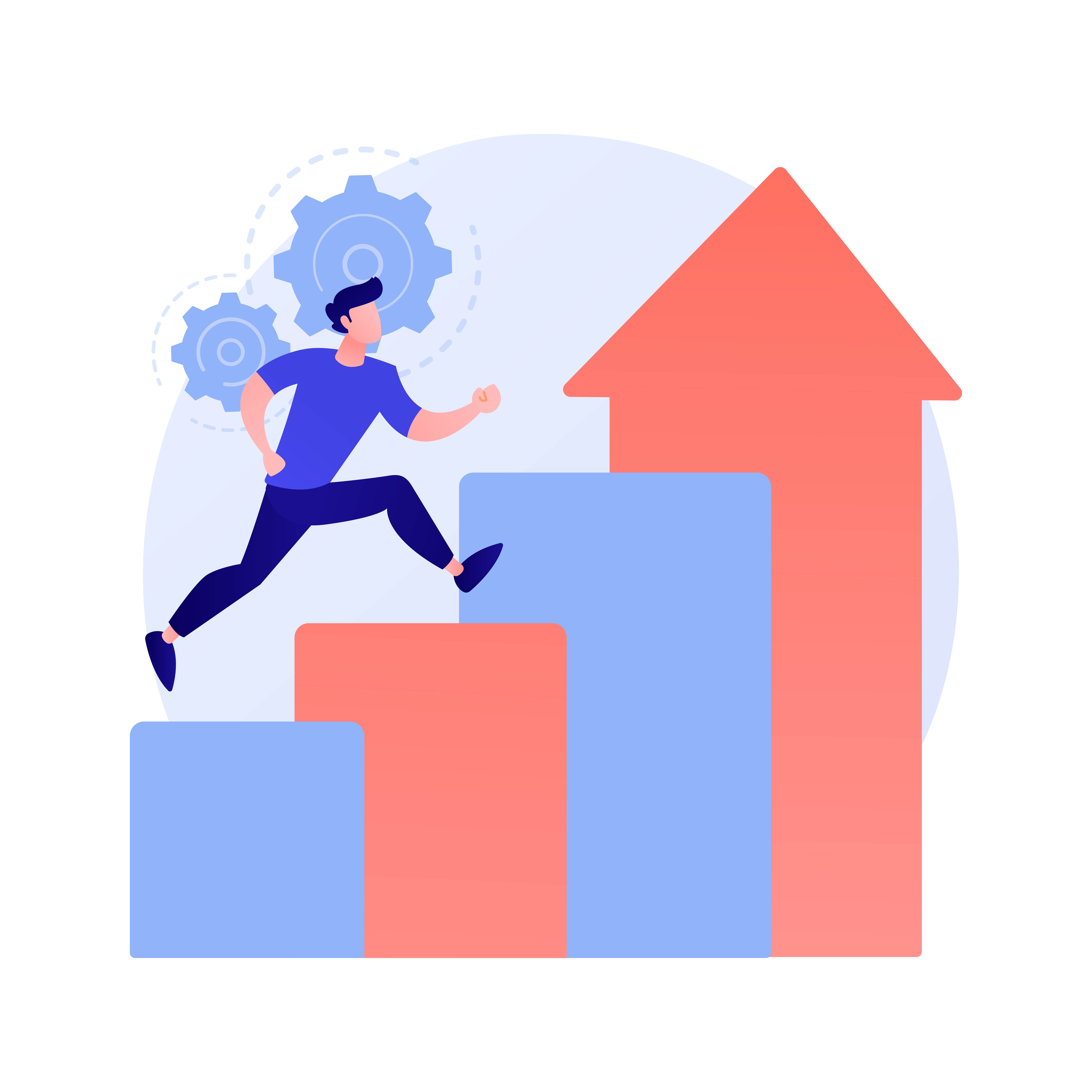Staying ahead of the curve is crucial and requires continuous upskilling since the skills required for success are constantly in flux. This presents a critical challenge for HR professionals: identifying the future skills gaps within their workforce and developing strategies to bridge them.
How can you proactively assess your workforce needs and ensure your employees possess the skills necessary to thrive in the years to come? Here are some key strategies:
1. Scan the Horizon: Industry Trends and Future Forecasts
First, look outwards.
Research industry trends, emerging technologies, and future of work forecasts. What are the anticipated changes within your specific industry? Are there new skills sets becoming increasingly in demand?
Explore reputable sources like industry reports, analyst forecasts, and expert blogs from thought leaders for valuable clues about the skills landscape in the years to come. You could look for trends like automation, AI adoption, or changing customer behaviour.
2. Analyse Your Business Strategy
Next, look inwards.
Align your skills assessment with your company's overall business strategy. What are your long-term goals? What new initiatives are planned? What skills are essential to achieve these objectives?
By understanding your strategic direction, you can pinpoint the specific skill sets your workforce will need to excel in the future.
3. Conduct Skills Audits to Find the Gaps
Once you have a broader understanding of future needs, assess your current workforce capabilities.
Conduct skills audits using surveys, interviews, or self-assessments to gauge employee proficiency across various skill sets. Compare these findings with your future skills needs to identify any potential gaps.
4. Leverage Data Analytics and People Insights Tools
Don't underestimate the power of data.
HR analytics tools and people insight platforms can gather valuable insights into your workforce skills landscape. You can look at employee performance, training participation and completion rates, and results from targeted skills tests and assessments. This allows you to identify trends, track skill distribution across departments, and pinpoint areas where upskilling or reskilling might be necessary.
5. Encourage Employee Feedback and Input
Employees possess valuable insights into their own skills and the challenges they face.
Conduct regular employee feedback sessions or surveys to gather their perspectives on future skills needs, areas for improvement, and preferred learning methods. This collaborative approach fosters a sense of ownership and engagement in the skills development process.
Building a Future-Proof Workforce
Once you've identified skills gaps, develop a targeted upskilling action plan. Consider a variety of learning approaches, including:
- Microlearning modules for on-the-go skill development.
- Online courses and certifications for in-depth learning.
- Mentorship and coaching programs to foster knowledge sharing.
- Internal workshops and training sessions led by subject matter experts.
- Partnerships with educational institutions or learning platforms (such as 5Mins.ai) for tailored upskilling programs.
By implementing properly tailored training and development programs, you can equip your team with the right tools to thrive and navigate challenges and opportunities both now and in the future.
Book a demo to find out more about how you can work with 5Mins to effectively upskill your team.
- BOOK A DEMO
-
EN




